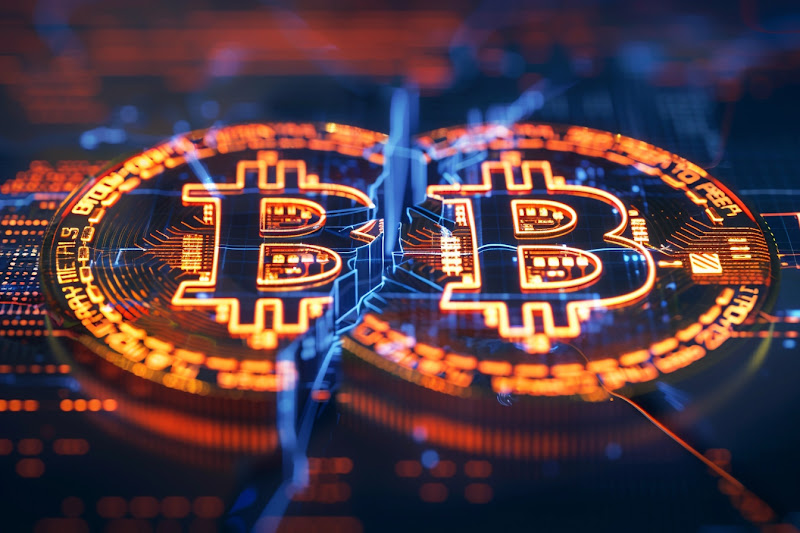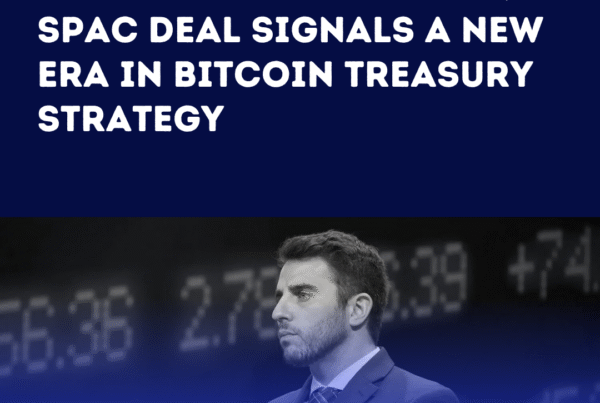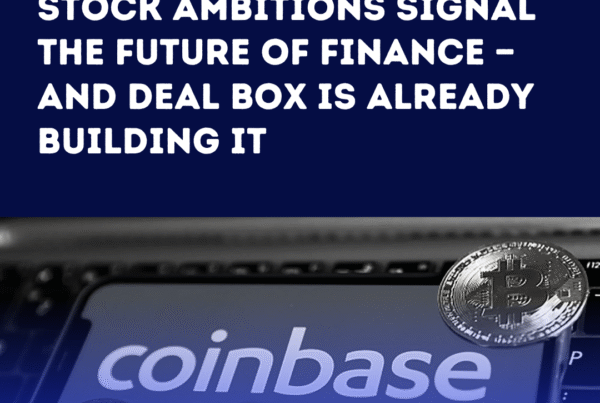
The next Bitcoin halving is coming up in April 2024. If you’re new to the world of cryptocurrency, you might be wondering what that means and why it’s such a big deal. Don’t worry, I’m here to break it down for you in simple terms.
The Bitcoin halving is when the reward that Bitcoin miners get for processing transactions is cut in half. This happens roughly every four years. The first Bitcoin reward was 50 BTC, then it dropped to 25, then 12.5, and now it’s 6.25 BTC as of the last halving in May 2020. The next halving in 2024 will take it down to 3.125 BTC per block.
So why does this matter? It all comes down to scarcity. Bitcoin was designed to have a limited supply – there will only ever be 21 million bitcoins in existence. The halving ensures that new bitcoins are introduced into circulation at an ever-decreasing rate. It’s basically built-in inflation control.
One of the primary effects of halving is the impact on Bitcoin’s inflation rate. By slashing the rewards in half, the rate at which new bitcoins enter circulation is slowed, theoretically making the asset more scarce and, possibly, more valuable. This scarcity can lead to increased prices if demand remains strong, but this isn’t a guarantee.
Think about traditional fiat currencies like the dollar. Central banks can print more money whenever they want, devaluing the currency. But with Bitcoin, we know exactly how many there will be and the flow is predictable and transparent. That scarcity is a big part of what gives Bitcoin its value.
The halving also helps keep the Bitcoin network secure. Mining Bitcoin requires a huge amount of computational power and electricity. The block reward acts as an incentive for miners to contribute that power to processing transactions and securing the network.
For miners, the reduction in rewards means earning less for the same amount of work. This change can squeeze their profits, especially if Bitcoin’s price doesn’t increase accordingly. For the big mining companies, they might keep thriving by scaling up operations and investing in more efficient technologies. Smaller miners, however, might find the costs too steep to remain viable.
Now, some folks worry that the decreasing block reward will cause problems, like driving smaller mining operations out of business and leading to more centralization. And sure, that’s a valid concern. But I believe the market will adapt and find an equilibrium.
Transaction fees, which users pay to miners to have their transactions processed, will likely become a more important income stream for miners over time as the block reward dwindles. And improvements in mining equipment efficiency will help balance out the increasing costs. The Bitcoin network has proven resilient time and time again.
For the average Bitcoin holder or user, halving can be a period of uncertainty. Price volatility can increase around these events, reflecting changing market dynamics as traders and investors speculate on the impact of the new supply rate. For those using Bitcoin as a currency, this could mean fluctuations in purchasing power.
Investors, on the other hand, might see halving as an opportunity. Historical trends show price increases following halving events, driven by heightened public interest and the perceived rarity of new bitcoins. Yet, relying on past trends is risky—each halving event occurs in a unique market environment.
Looking towards the future, the final Bitcoin is expected to be mined around the year 2140. Until then, miners will continue to see their rewards halved every 210,000 blocks. What’s intriguing is the speculation about what happens when there are no more rewards. The mining incentive will then solely come from transaction fees, potentially changing the security and economics of Bitcoin.
Ultimately, the halving is a key part of Bitcoin’s DNA. It enforces the core promises that make Bitcoin revolutionary – scarcity, predictable supply, and a secure decentralized network. While it introduces short-term uncertainty, I believe it’s critical for Bitcoin’s long-term prospects.
So there you have it – the Bitcoin halving in a nutshell. We’re witnessing a fascinating monetary experiment play out in real-time. How the upcoming 2024 halving impacts the market remains to be seen, but one thing is clear: Bitcoin isn’t going away anytime soon. The revolution is underway.




